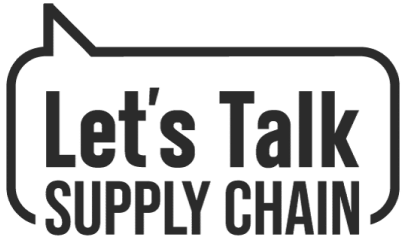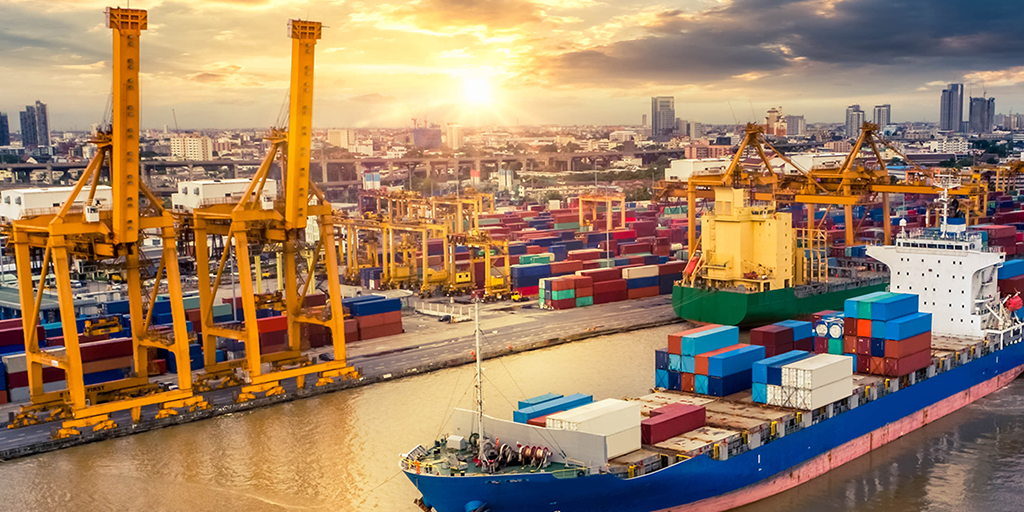As we step into 2025, supply chain professionals are bracing for potential shifts in the global trade landscape. With a new administration taking office, tariffs are once again a key topic of discussion across industries. Whether you’re directly involved in supply chain management or part of a broader organizational strategy, these changes can represent both risks and opportunities.
Tariffs in Focus: What to Expect
The buzz around sweeping 25% tariffs on major US trade partners has caused concern among many businesses. However, the likelihood of such dramatic measures appears low. Any significant tariff adjustments would require congressional approval, making large-scale changes less immediate. Still, tariffs in some form are expected, and businesses are keenly awaiting clarity on policy directions.
This evolving situation places supply chain agility at the forefront. Companies must evaluate their manufacturing locations, distribution strategies, and overall supply chain footprints to adapt to emerging trade conditions. While uncertainty can feel daunting, it also offers an opportunity to rethink and optimize operations.
Content Insights: How Repurposing Can Help
The concept of repurposing content applies not just to marketing but also to the way businesses approach their supply chain strategies. Here are three ways to draw parallels and apply this mindset:
- Adapt Existing Strategies Just as you would repurpose a high-performing blog or webinar into new formats, businesses can adapt existing supply chain frameworks to navigate tariff changes. For example, exploring nearshoring or reshoring strategies can mitigate the risks of new tariffs while capitalizing on opportunities for localized production.
- Create “Evergreen” Approaches Evergreen content—material that remains relevant over time—has parallels in building resilient supply chains. Companies can future-proof their operations by diversifying supplier bases and investing in digitalization to enhance visibility and flexibility.
- Capitalize on Emerging Trends Content creators often repurpose materials to align with current trends and news. Similarly, businesses can pivot their strategies to capitalize on new tariff structures. For instance, a shift in trade policy might create competitive advantages for companies willing to adapt quickly and efficiently.
Recent Developments to Watch
Recent news highlights how companies are preparing for potential policy shifts:
- Reshoring Momentum: Many organizations are exploring reshoring as a strategic response to tariff uncertainties. Bringing production closer to home can reduce dependency on foreign suppliers and mitigate risk.
- Regional Trade Agreements: Businesses are leveraging regional trade agreements to bypass certain tariffs. By reconfiguring supply chains to align with these agreements, companies can maintain cost efficiency.
- Digital Supply Chain Investments: Companies are ramping up investments in digital tools to enhance visibility and adaptability. These tools enable organizations to simulate different tariff scenarios and make informed decisions.
Takeaways for 2025
In the face of uncertainty, the ability to repurpose and adapt is invaluable. By applying lessons from content strategy to supply chain management, businesses can turn potential risks into opportunities for growth. The coming months will require vigilance, creativity, and proactive decision-making to stay ahead in an evolving trade environment.
Stay tuned for more insights on navigating the complexities of 2025’s supply chain challenges. Whether you’re adjusting to new tariffs or exploring innovative solutions, flexibility and preparedness will be your greatest assets.












